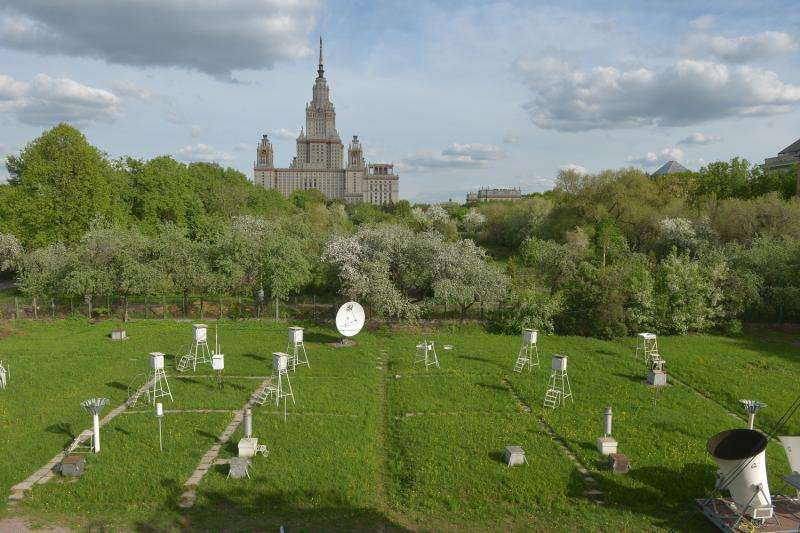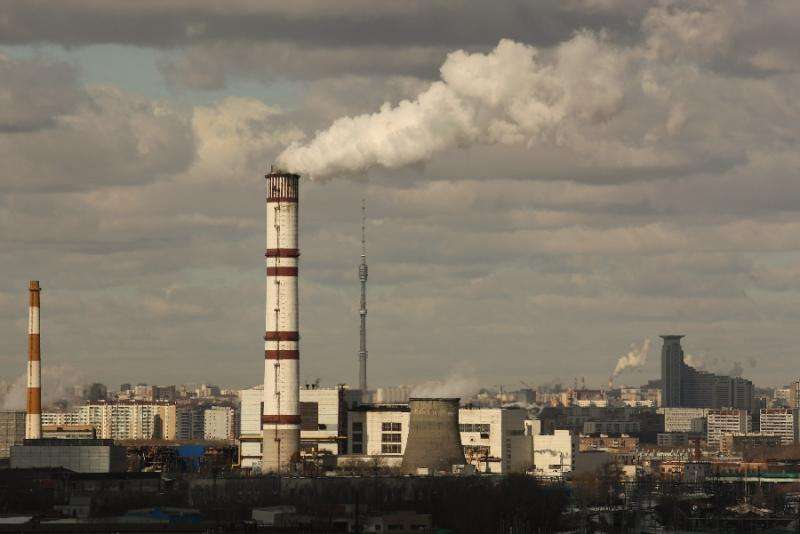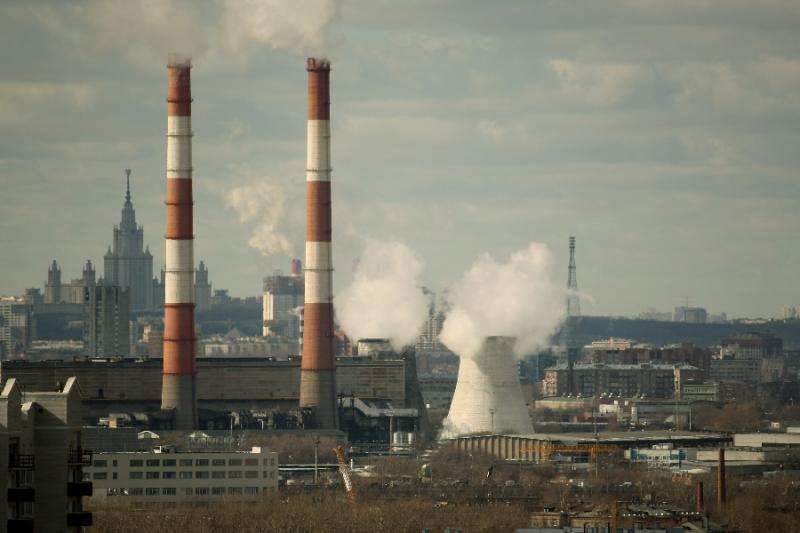Aerosol pollution over Moscow slightly decreases

Aerosols are one of the most important factors influencing the level of radiation in the upper and lower layers of the atmosphere and thus the whole climate. However, the optical properties of atmospheric aerosols have not been broadly studied. Data on its optical effects is largely collected by satellites. Ground-based systems, though, provide us with more accurate information. AERONET is a wide-ranging, automatized system, equipped with sun and sky photometers that allow continuing and precise measurement of a number of aerosol parameters. The international program has operated at MSU since 2001.
The Lomonosov Moscow State University meteorologists Natalia Chubarova, Alexey Polukhov and Ilona Gorlova studied season and long-term variations of aerosol percentage in the atmosphere over Eastern Europe. Simultaneously, they attempted to explain a tendency of aerosol optical depth of the atmosphere (AOD) and the human influence on its formation. Clouds were also observed as an additional data point. The research was recently published in Atmospheric Measurement Techniques.
A significant aspect of the research was a correction of radiative properties of aerosols by including the influence of nitrogen dioxide. NO2 has remarkable absorption edges in the UV and visible range of the spectrum, especially in industrial and urban areas, and Moscow is a large city with a high concentration of nitrogen oxides in its atmosphere. To analyze the influence of NO2 on the aerosol optical depth of the atmosphere, researchers measured its percentage in several spots within the city (Ostankino tower and MSU main building) in summer and winter. The researchers detected two regimes of vertical distribution of nitrogen dioxide, typical for a troposphere less than two km. General percentage of nitrogen in higher atmospheric layers is far lower. According to the results of the observations, a maximal level of nitrogen dioxide appeared in February; due to the season, the amounts of gas emissions from heating peaked. The researchers also found that the percentage of NO2 rises somewhat during the summer because of peat bog fires.

Since the procedures of aerosol measurements are automated, cloud observations were included. While common weather stations measure parameters once every three hours, the MSU weather station traced the data every hour. The index rated cloud coverage from zero to 10, from clear sky to overcast. The results for an overcast sky were later excluded from the dataset, since direct radiation disappears. Depending on the season, this filter varies—in summer, it reaches 10 points, in winter, around six. The filter reduces the number of days for which the calculations are absolutely correct to seven in warm periods (20 percent), and to 25 in cold periods (45 percent).
The AERONET filters show little reaction on the homogeneous upper cirrus and cirrostratus clouds. An instrument is directed toward the sun based on astronomical formulae and the outcome measurements can be filtered according to the accepted standardized system. The first filter is based on a signal variation within one minute. The instrument registers the lower-layer cumulus and stratus clouds; thus, they are easy to exclude for AOD estimation. "Automatic filters used by AERONET are not always sensitive to the presence of upper-layer clouds, which can lead to incorrect estimations of aerosol characteristics," says Alexey Polukhov, one of the researchers.
Natalia Chubarova, Ph.D. in geography, explains: "Studying aerosols is particularly important at the moment because of global changes in climate. Basing on the unique dataset collected by the MSU Meteorological Observatory and covering changes in aerosol optic depth over several years, we managed to detect a significant trend of lowering aerosol percentage in the 21st century. A detailed analysis revealed that this tendency is connected with a reduction in anthropogenic emissions of proto-aerosol gases that is currently observed over Europe and Western part of Russia."

The scientists explain a trend toward lowering of polluting emissions to the atmosphere with a higher level of petrol quality and a reduction in anthropogenic emissions of sulfur oxides. However, emissions are still largely responsible for aerosol pollution over Moscow. Considering seasonal changes, the most significant AOD lowering happens during spring and autumn. Remarkably, natural processes don't seem to influence the percentage of aerosols significantly.
According to Natalia Chubarova, the research is directly connected to the estimation of the climate effects of aerosols and plays an important role in tackling the climate change problem.
Provided by Lomonosov Moscow State University


















